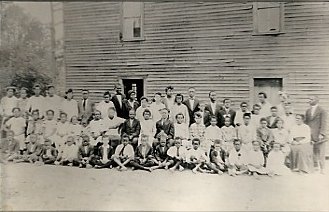
History of the City of Los Angeles
Page Two
| Slight attempts at ship-building were made at San Pedro in 1831, Padre Sanchez of San Gabriel aiding Wofskill, Pryor, Prentice, Fount, and Loughlin to build a schooner. In 1833, when Antonio Osio had charge of the port trade, Los Angeles shipped one hundred thousands hides and twenty-five thousand centals of tallow, , but the trade slackened after the secularization in 1834. The cattle of San Gabriel were all slaughtered, and by 1840 the mission live stock had disappeared. Padre Estenega in 1845 gave up the mission estates to the Government. | |
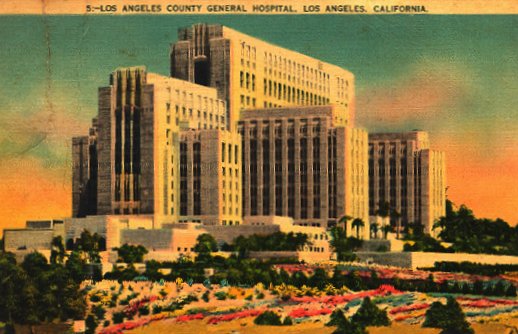 |
|
| A strenuous and important period in the history of the town followed. From 1831 to 1840 the Angelenos held themselves largely responsible for the salvation of California, as they understood it; and Los Angeles became the center of political agitation. The South was divided against the North, and often against itself, and many typical California battles, terrific in bluster and intent, but bloodless in reality, occurred near the old pueblo. | |
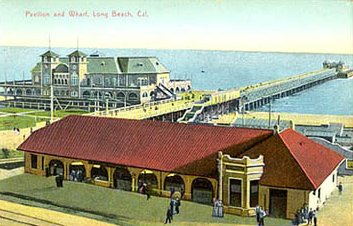 |
|
| It was during the banishment of Jose' Carillon, with whom Vincent Sanchez, alcalde of Los Angeles, had quarreled, that the trouble with Victoria, the Mexican Governor, came. Sanchez had been deposed by the Ayuntamiento, but was reinstated as alcalde by Victoria, who at the same time ordered the imprisonment of eight prominent citizens. An insurgent army defeated Victoria in a fight near Los Angeles, and the Governor, deserted by his army, surrendered to Echeandia December 4, 1831, and was allowed to depart the county. Sanchez was put in irons. One hundred citizens took part in this battle. | |
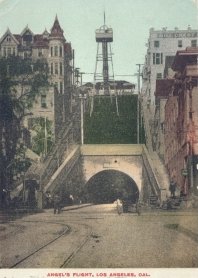 |
|
| Los Angeles was made not only a city but the capital in 1835, and soon became the storm-center of the county. There may have been lack of zeal in providing necessary public buildings for the Government, but there was none at all in furnishing abundantly that quality of fiery zeal essential to Mexican revolutions. Governor Carrillo made the town his residence in 1838. Alvarado succeeded him when the plots and counterplots of the disputations had sent Carrillo to the North. | |
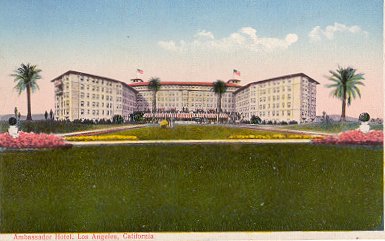 |
|
| Jose' Figueroa made an able governor, but he died in 1835, and a period of conflict, during which Los Angeles, as the capital of the South, was arrayed against the North, followed. Alvarado, who had declared California a sovereign state, entered the town in 1837 and subdued the Mexican sympathizers. Two year later Alvarado divided Alta California into two districts, making Los Angeles the capital of the South, with Santiago Arguello as prefect. | |
|
|
 |
Great efforts were at this time made to beautify the city, and there were gay scenes in these days in the old pueblo. The owners of the great ranches entertained largely, visiting from house to house, dressing gayly, and engaging in all sorts of equestrian sports. The men lived in their saddles; the women were the gayest and sweetest of hostesses, while they were yet domestic, and brought up large families easily in the free, open-air life which the conditions of fine climate and rich soil made possible. When Micheltorena in 1842 made his capital in Los Angeles, the gayeties reached their height; he was received with enthusiasm by the Ayuntamiento; there were speeches, salutes, and illuminations; balls and sports alternated with juntas and revolutions. Yet Los Angeles was glad to be rid of Micheltorena when he removed to Monterey,a nd its citizens were foremost in a revolt against him in 1845, and fought him without the city in a battle where there was much cannonading and no bloodshed. Pio Pico was head of the Commission which met in Los Angeles and banished Micheltorena. |
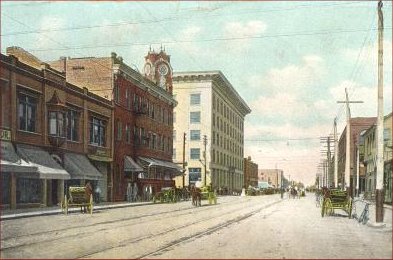 |
|
| The city remained the capital of the department of the South, and Pio Pico was Governor while Jose' Castro acted as General. Castro again went to the North and soon joined Carrillo against Pico in a new quarrel of North and South. | |
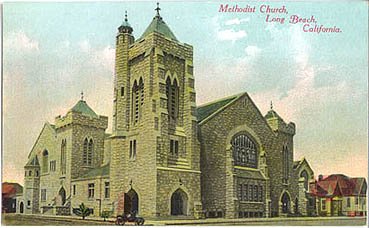 |
|
| It was in 1846, when California was rent with the controversy between Castro, representing the military, and Pico, the civil power, and the March Assembly was in session at Los Angeles, that the approach of the forces of the United State, under Stockton and Fre'mont, forced the contending commanders to unite at Los Angeles in opposition to a common foe. | |
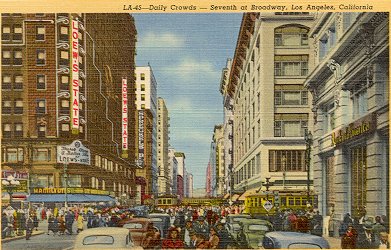 |
|
| Abel Stearnes, the confidential agent of the United States in the South, owned a warehouse in San Pedro. John Forster was made, in 1843, captain of the port; in 1845 Commodore Jones landed here to make his apologies to Micheltorena for his premature raising of the Stars and Stripes at Monterey. Here Micheltorena embarked for exile; and here, in 1846, Commodore Stockton disembarked with his sailors for the capture of Los Angeles, having already raised the American flag at Monterey. refusing all the attempts at conciliation offered by Pico and Castro, Stockton united his forces with those of the California battalion under Fre'mont, who had landed at San Diego, entered Los Angeles, and raised the American flag at 4 P.M. of August 13, 1846. | |
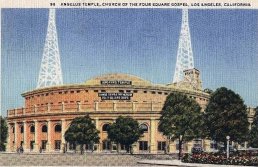 Angeles Temple where Aimee Semple McPherson preached |
|
| Pico and Castro had left the city to escape the dishonor of surrender, and the frightened inhabitants had fled to the neighboring ranchos, but returned to their homes before night, attracted by the irresistible strains of a brass band, and assured that they would be left unharmed. | |
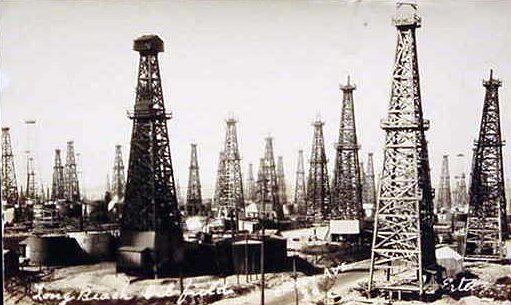 |
|
| Stockton ordered the election of new saccades, and appointed Fremont military commander of the district. When both commanders returned to the North, Gilles pie, with a garrison of fifty men, was left in charge of Los Angeles. he seems to have interfered with the amusements of the people, and to have made himself needlessly unpopular. A revolt was organized, and Flores, one of Castro's generals, appeared, with three hundred men at this back and summoned the garrison to surrender. This Gillespie did, after bravely holding Fort Hill for a time. The Americans took ship from San Pedro on October 4th. | |
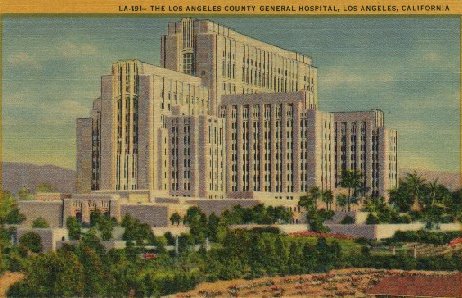 |
|
| The reconquest of Los Angeles took place on January 18th. General Kearny, with Kit Carson as guide, had succeeded in joining Stockton at San Diego, and the united forces, after a two-hours' engagement at San Gabriel and another brief skirmish without the city, entered Los Angeles, while the leaders of the revolt fled to Cahuenga, and surrendered to Fre'mont, who made generous terms of capitulation with Andres Pico, Flores, and Manuel. This clemency endeared him to the Californians. It because his boast that he could ride unharmed alone from one end of the conquered country to the other. Stockton made him Governor of Los Angeles while the controversy between Kearny and Stockton, as to which was the chief authority in the conduct of affairs in the new country, was in progress. Fre'mont chose to obey Stockton, with whom he had worked in unison during the Northern conquests and before the arrival of Kearny Kearny was technically in the right in demanding the submission of Fre'mont, as the court-martial of the latter (in Washington, at a later day) made evident; but under the circumstances of the quarrel of the two leaders at Los Angeles, Fre'mont's allegiance to Stockton seems to have been his only manly course. | |
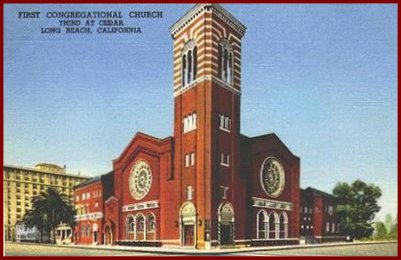 |
|
| This was an era in which Los Angeles grew from an easy-going Spanish pueblo into a progressive American city. Nowhere have Americans stood more completely in the posit ion of conquerors in a new land. Called upon to improvise hastily a government for a large body of strangers, these citizens showed, together with carelessness and over-hastiness,and an indifference to the rights of strangers, both Indians and Spaniards, of which we cannot be proud, some of our best national traits. From the first, the pioneers were courageous and teachable, and succeeded, after many mistakes, in building up a permanent, well organized, and progressive municipality. General Fre'mont was undoubtedly most popular amount the Spanish people. His youth enabled him to enter in a large degree into their sports; his clemency in pardoning Flores and the other generals of the rebellion won their applause. |
© 2005 by Ray Ensing
